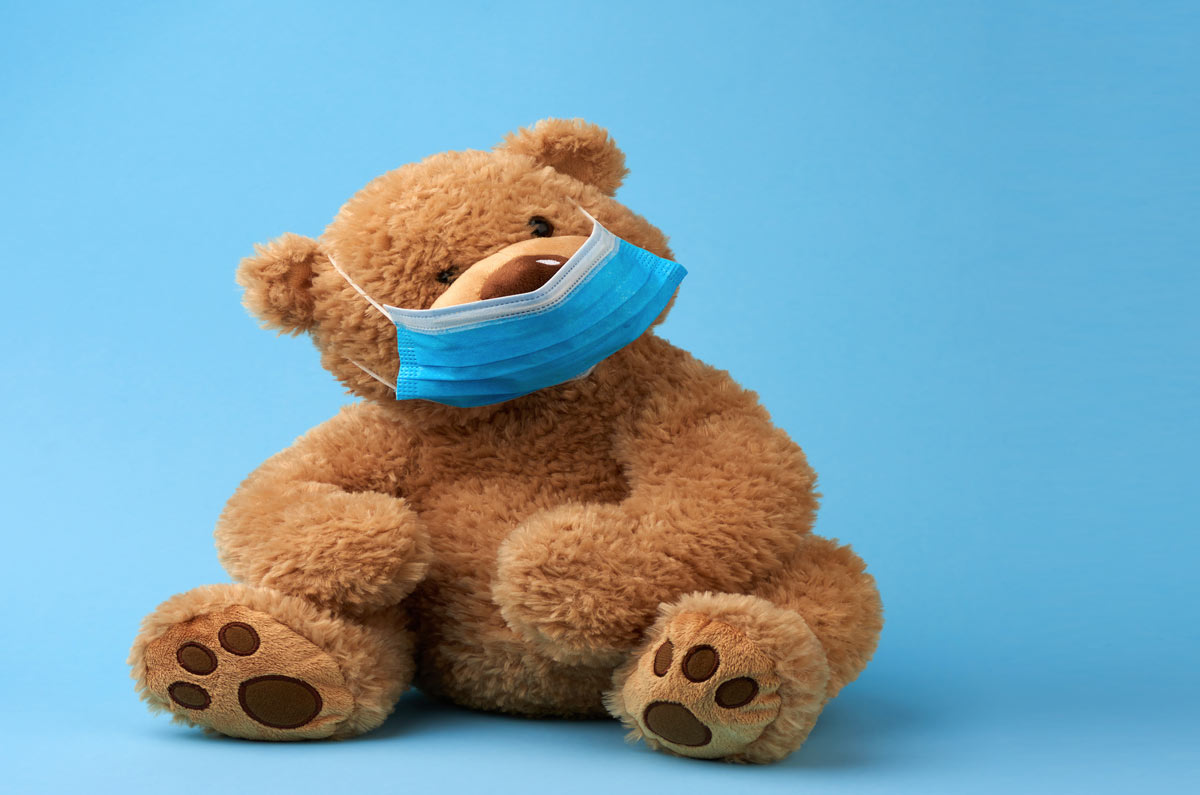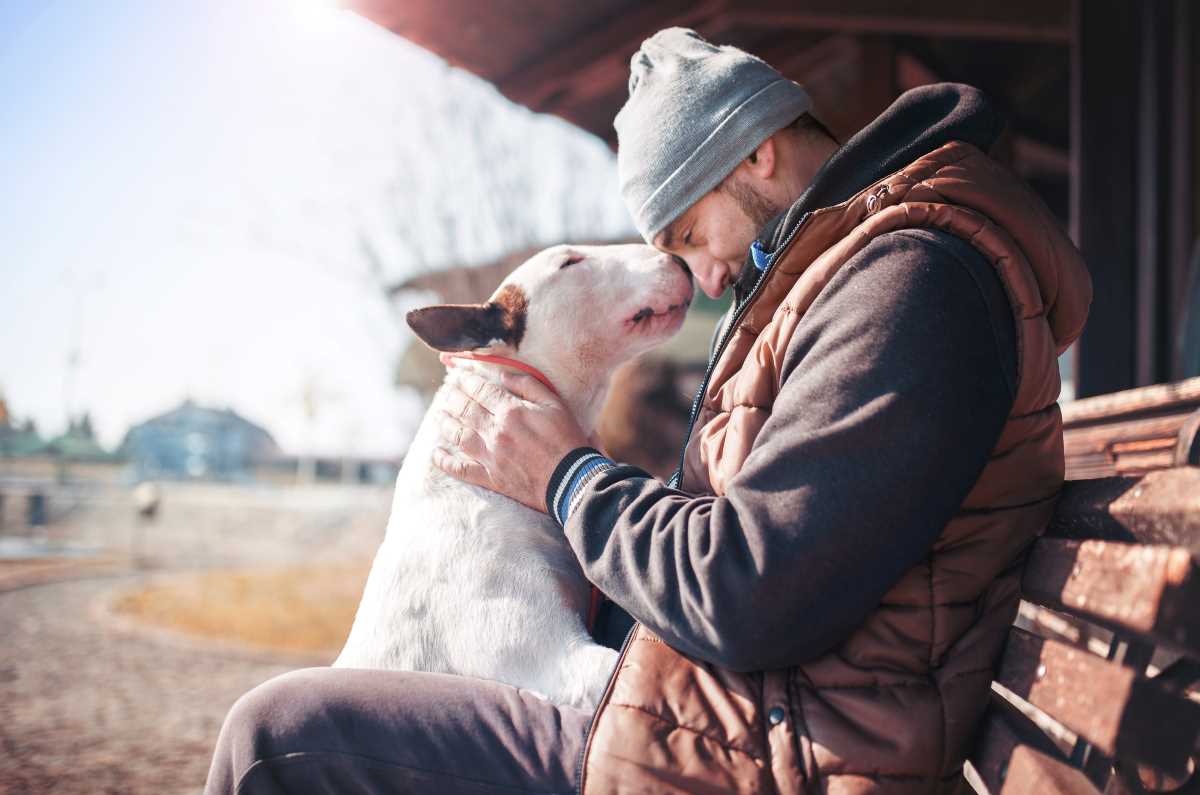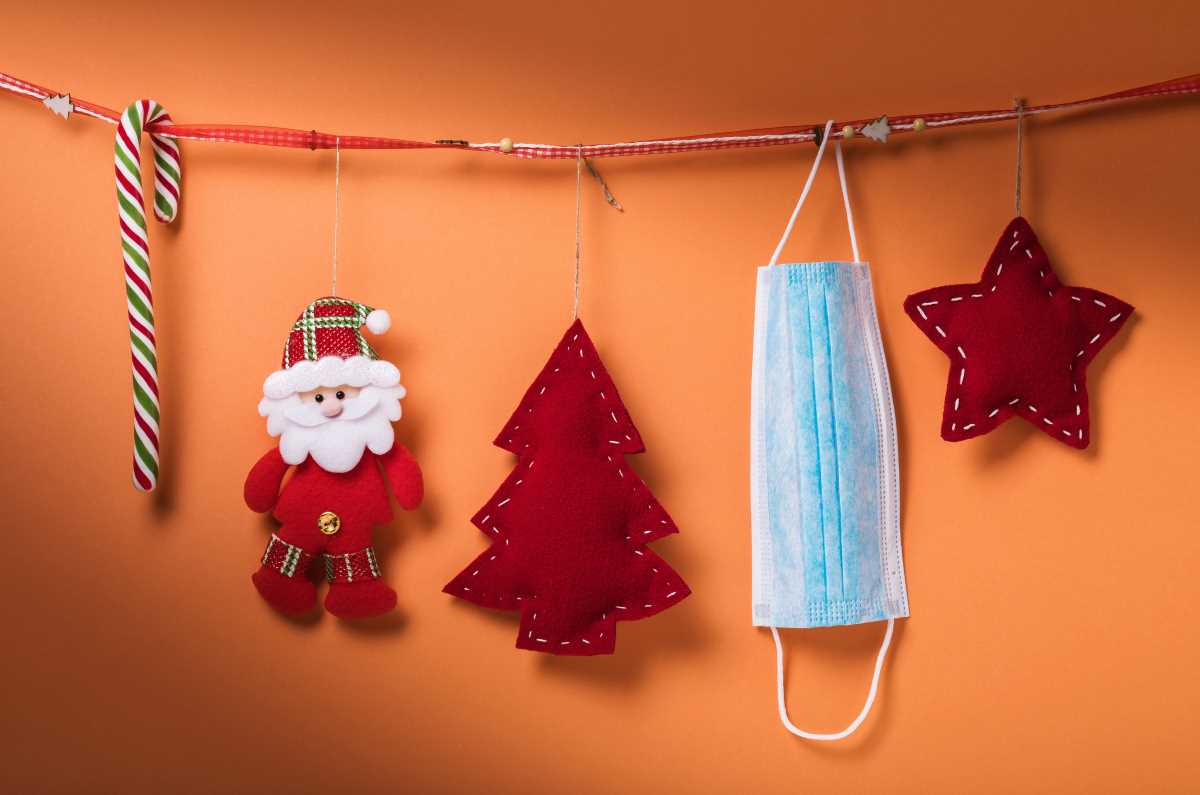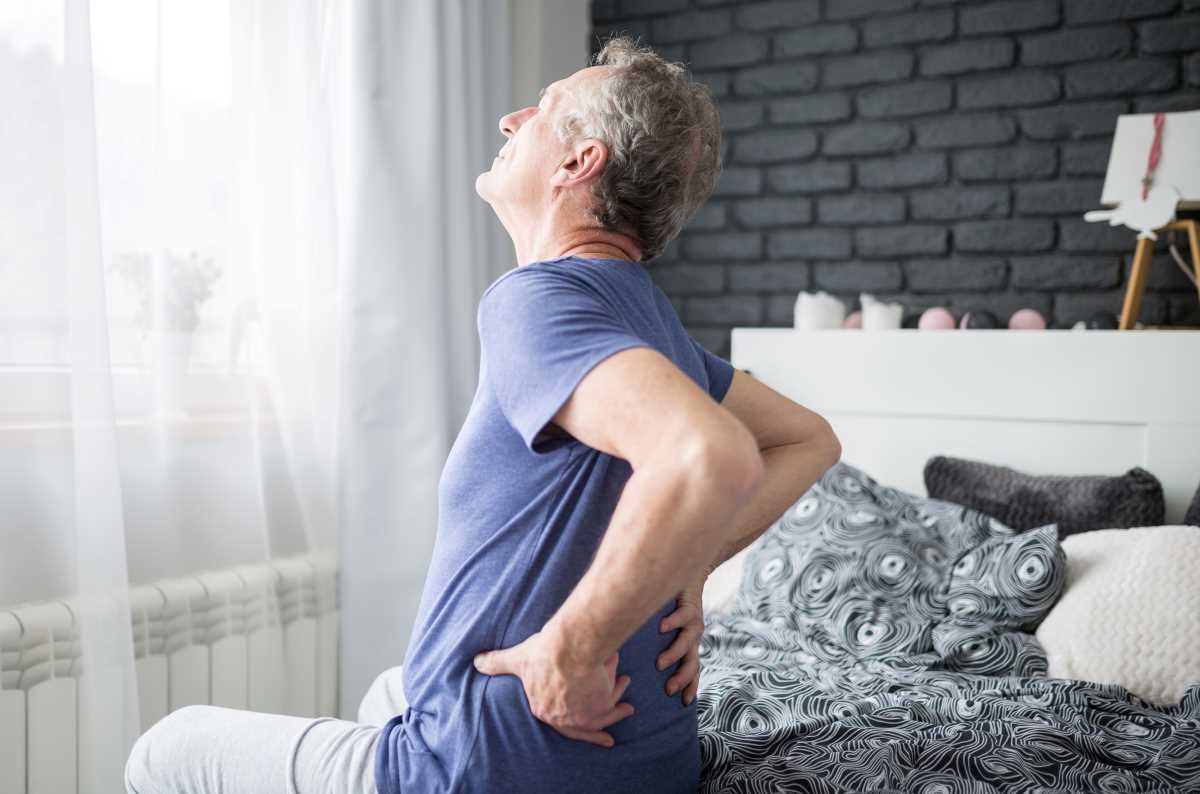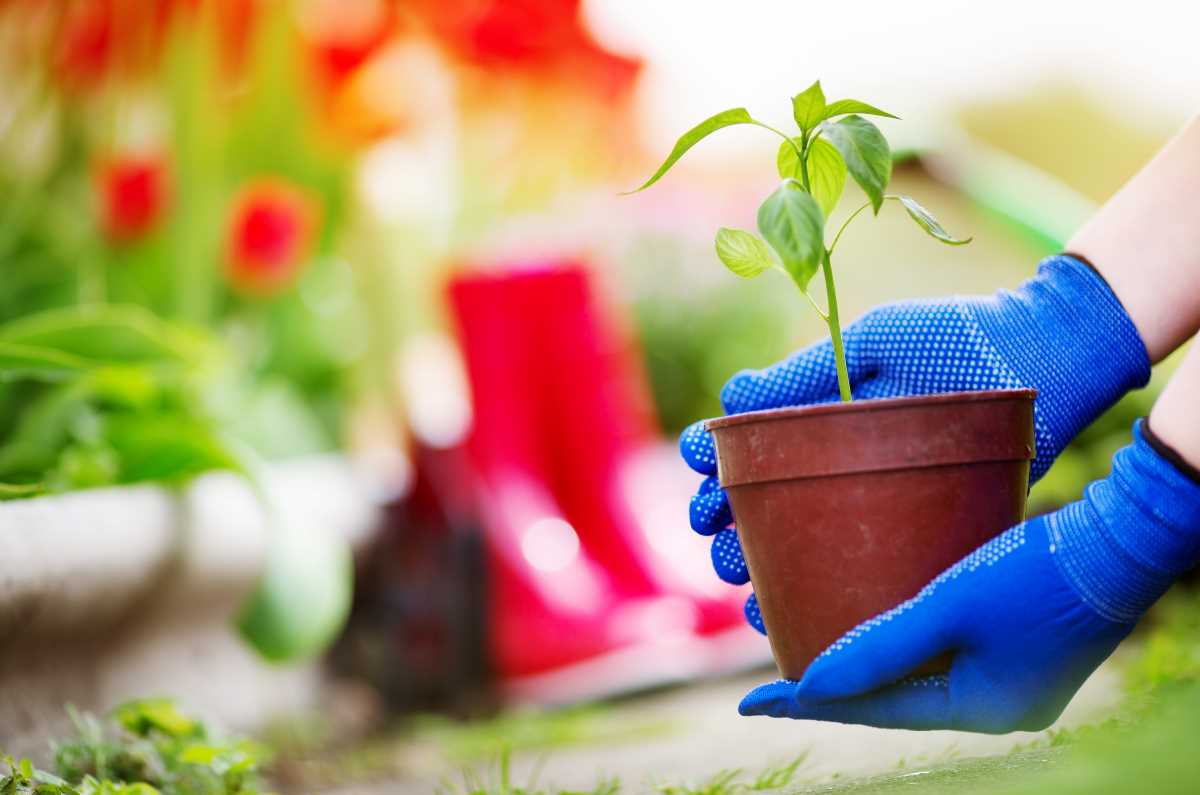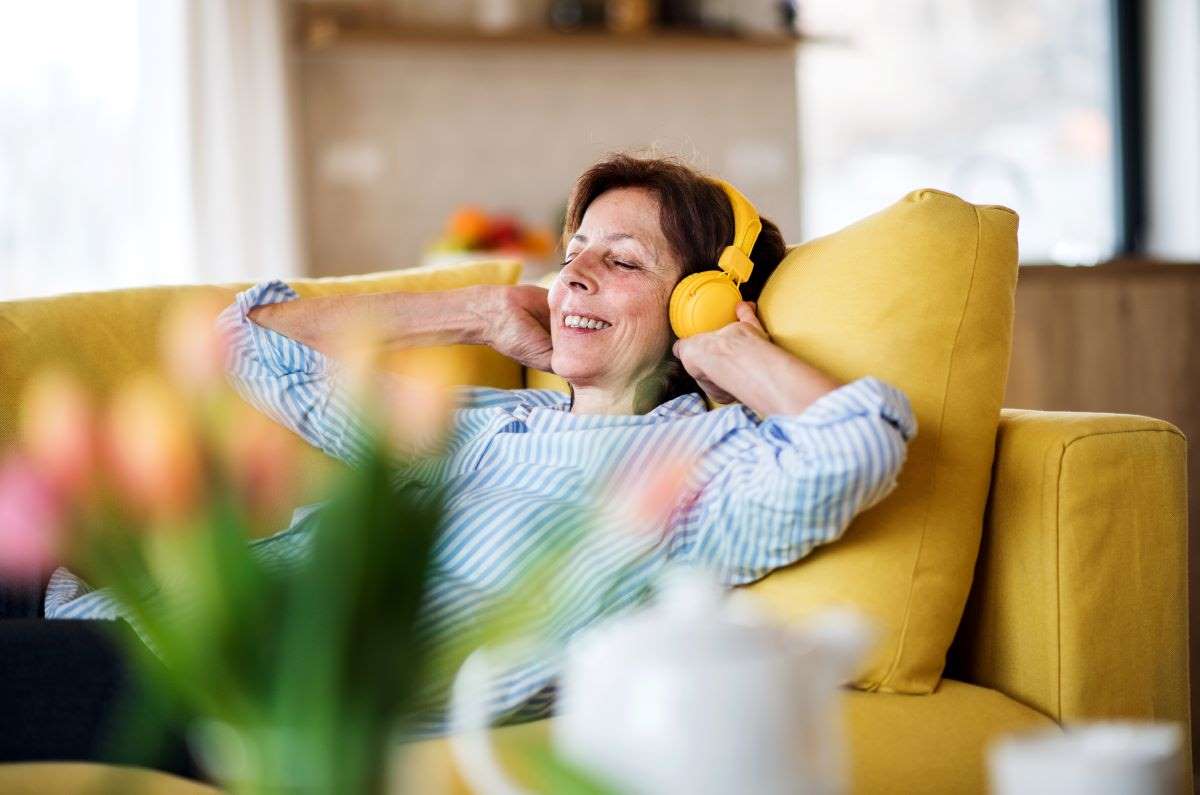So long, farewell, auf Wiedersehen, goodbye
Update 9 January 2021: This article was written in the heady days as we counted down to the end of 2020 – before the new, highly contagious variant of COVID was known to most of us. So unfortunately masks are still with us for a while.
2020 was the year of the humble face mask, especially in Victoria. They’ve protected us, divided us, helped keep COVID at bay. And with their use no longer mandatory in most situations I’ve been reflecting on what they’ve meant to us, and things we’ve learned after wearing them for months.
And with a COVID vaccine on the horizon (fingers crossed!) we may be able to stow them away in the back of our closets, hopefully to gather dust for many, many years.
- Let’s hear it for the early adopters, the trail blazers. The people who wore masks from the very beginning of the pandemic, and eased us into mask wearing. By the time their use became mandatory, they were strange, but not as foreign as they might have been.
- All the things we told people not to do in the beginning – “don’t touch your face”, blah, blah, blah – as soon as we all started wearing masks, we did all of those things. It seemed as soon as you put a mask on, your nose started itching.
- We learned that masks can help prevent people who are asymptomatic with COVID, or have what they think is ‘just a sniffle’, from spreading the virus to others. And that we may decide to wear a mask on a voluntary basis in the future when we do have a sniffle or a cold. It’s a small act that can have a big impact in reducing the spread of airborne disease.
- They made those of us who felt more at risk of developing COVID – and experiencing worse outcomes as a result – feel a little more secure when we had to venture out, especially when combined with all the other measures we were using.
- We had a run on fabric and elastic. The stores couldn’t keep up with the demand for mask making supplies ✂.
- Those wearing glasses quickly discovered the dilemma of foggy glasses with many tips, tricks and myths spread to keep glasses fog free. We also learned which shape masks worked better with glasses.
- When wearing a mask, no one can see you yawn.
- But then no one can see you smile. So we learned to smile more with our eyes, and wave at each other. A lot.
- Since our eyes were what people could see, we accentuated them more with make-up – eye shadow, mascara, glitter (or was that just me?).
- We discovered the perils of dangly earrings and masks. I can’t count the number of times I got my earrings caught in the elastic (again, was that just me?).
- We’ve never been so obsessed with our breath…because we were inhaling it from very close quarters. And that was a shock for many people! But a word from the wise, don’t shove a handful of mints in your mouth before donning a mask, especially if you wear glasses. The minty freshness will bring tears to your eyes.
- The Melbourne look took off. You couldn’t wear a mask while eating or drinking (obviously) so this look – active wear, masks under chin and coffee cup in hand – became de rigueur.
- Cars all over the state had masks adorning their dashboards and dangling from the rear vision mirror.
- And yet, we’d often forget them and only remember we needed one when we were in the middle of the supermarket and saw everyone else wearing a mask. We’ve all been there. And gotten the sympathetic look from other shoppers who’d also forgotten their masks from time to time.
- For people rocking beards and moustaches, masks were a little tricky. They prevented the mask from sitting flush to the face and creating a proper seal. So kudos to the people who found inventive ways to create masks that not only covered their nose and mouth, but also their facial hair. Or who made the ultimate sacrifice and decided to shave it all off for now.
- Masks started out being very practical and drab, but over time they became a fashion statement. They coordinated with outfits, were made from beautiful prints, were decorated with sequins and other bling, showed our support for a sporting team, our love of bands, animals, books and movies, and even displayed our company logos.
- We saw what seemed to be a massive increase in the number of people jogging and running – because you didn’t have to wear a mask while doing either of those things.
- We learned that you could breathe while wearing a mask, though if you had a blocked nose it wasn’t pleasant. But you could do it.
- Sadly, disposable masks became a frequently spotted piece of litter in our parks, walkways and carparks.
- And then there were the jokes, tweets, puns and one liners that masks gave birth to:
- When I go out for a latte, I think of it less as a mask and more as a coughy filter.
- Surprised me when I saw someone wearing a Gloria Gaynor mask. At first I was afraid…
- Bought a mask for my pet duck. Wasn’t sure if it was the right one at first, but it fitted the bill.
When it’s all said and done, we got used to them. They were irritating, but they did the job. In a few years we’ll look back on 2020 and be proud of our hard work and the effort we put in to protect the community from this insidious virus. And we’ll probably wonder why we made such a fuss about a few pieces of fabric.
Call our Help Line
If you have questions about things like managing your pain, your musculoskeletal condition, treatment options, COVID-19, telehealth, or accessing services be sure to call our nurses. They’re available weekdays between 9am-5pm on 1800 263 265; email (helpline@msk.org.au) or via Messenger.
More to explore
- How to make wearing your mask for hours more bearable
The Sydney Morning Herald, 8 January 2021

